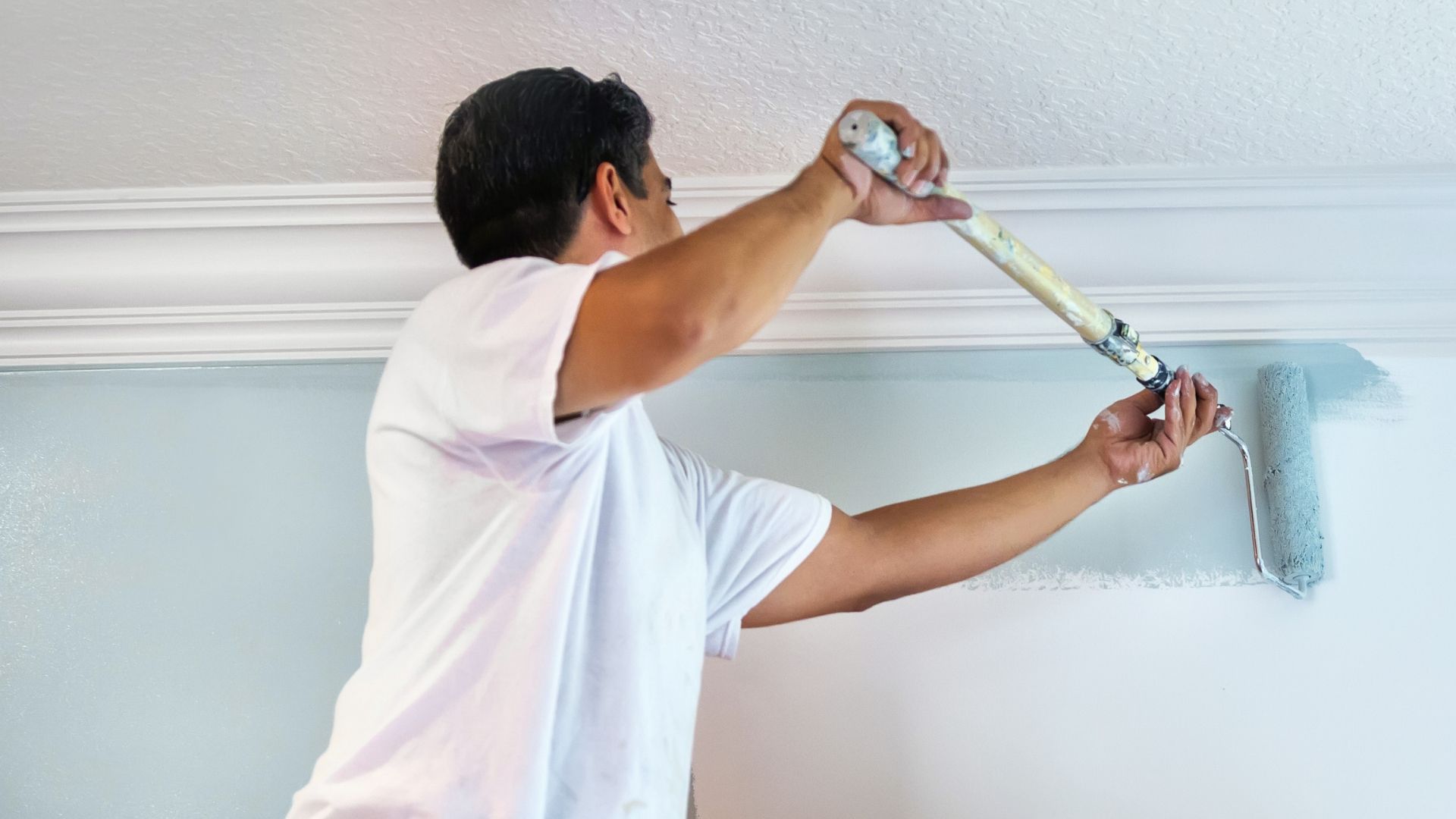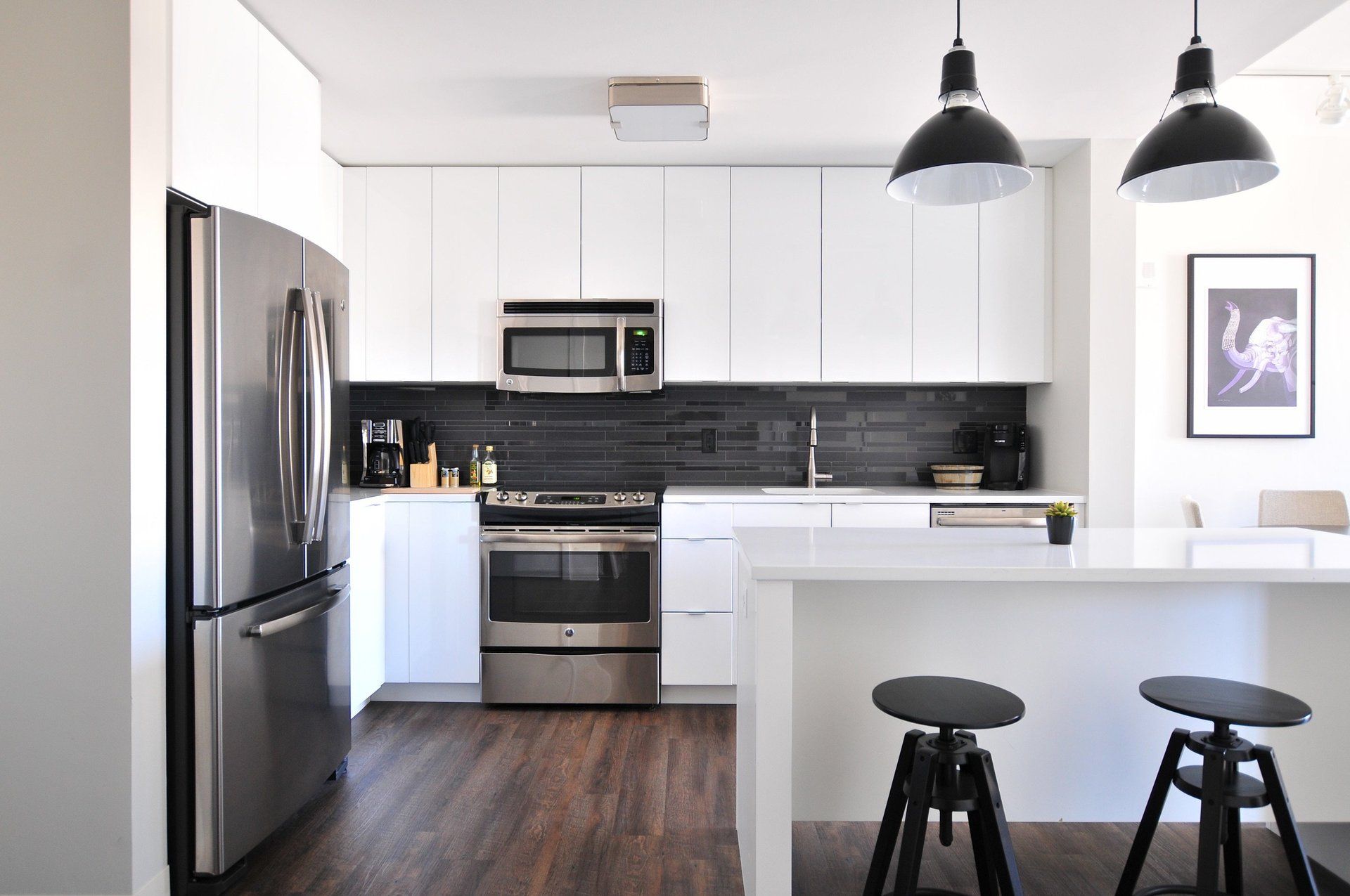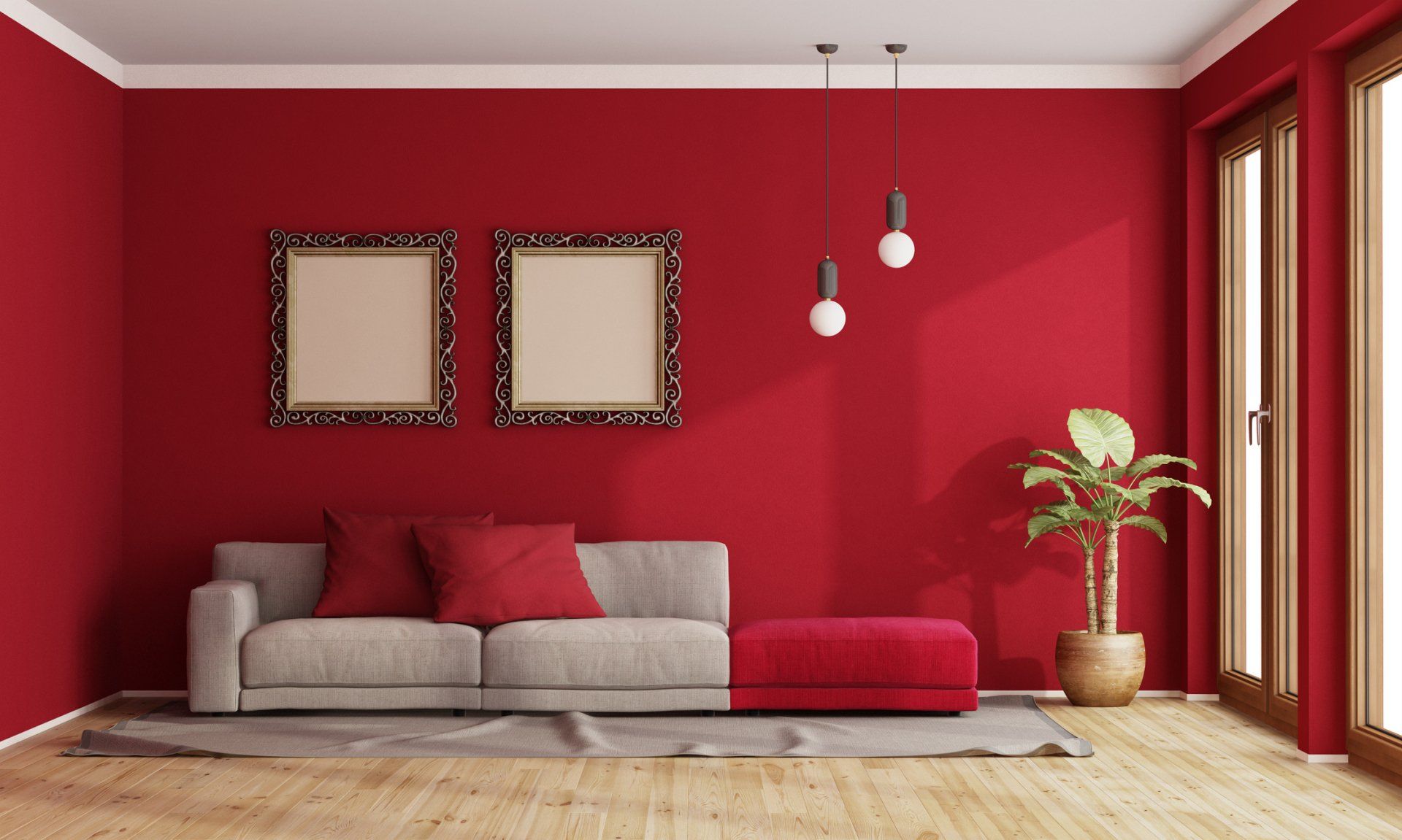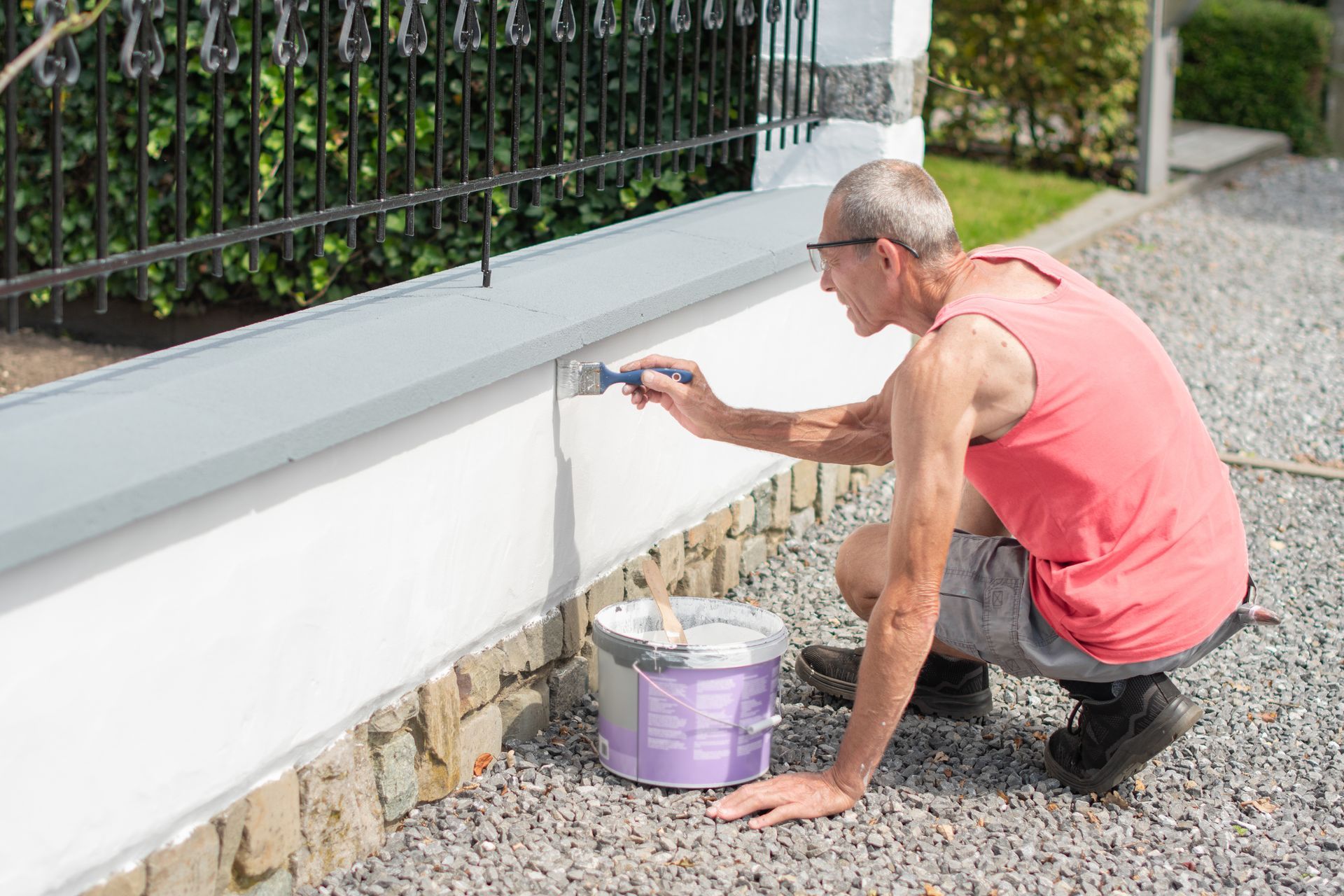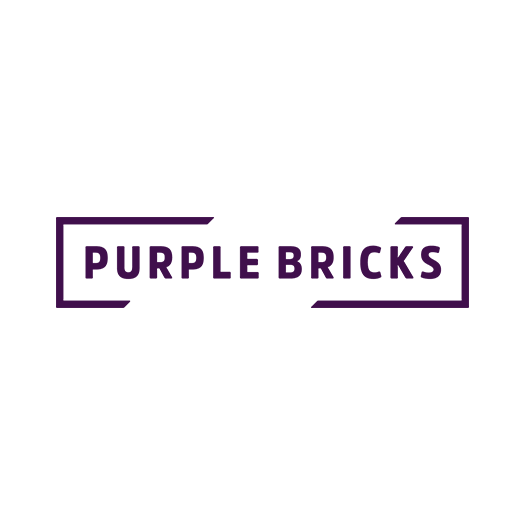November 30, 2025
Choosing a paint colour feels like it should be simple, but the endless rows of swatches at the hardware store can quickly become overwhelming. That perfect shade of gray on the card can suddenly look purple on your wall, and the bright, sunny yellow you envisioned might feel more like a warning sign. The truth is, selecting the right paint colour is both an art and a science. It involves more than just picking your favorite hue; it requires considering the unique characteristics of your space. Making the right choice can transform a room from ordinary to extraordinary, affecting your mood and the overall feel of your home. We'll walk you through the key factors to consider so you can choose your next paint colour with confidence. From the amount of natural light to the room's intended purpose, each element plays a crucial role in finding that perfect shade. The Big Four of Colour Selection Before you even look at a paint chip, take a moment to assess your space. Understanding these four key factors will narrow down your options and guide you toward a color that truly works. 1. Room Size and Proportions Paint has a powerful ability to trick the eye. You can use it to make a small room feel larger or a vast, empty space feel cozier and more intimate. ● For Small Rooms: Lighter colors are your best friend. Shades of white, cream, pale blue, and soft gray reflect light, creating an illusion of openness and space. Painting the trim and ceiling a slightly lighter shade than the walls can also make the room feel taller and more expansive. ● For Large Rooms: If you have a large room that feels a bit cold or impersonal, warmer and darker colors can help. Deep blues, rich greens, charcoal grays, or even warm terracottas can absorb light and make the walls feel closer, creating a cozier, more inviting atmosphere. You can also paint an accent wall in a bold colour to add a focal point without overwhelming the space. 2. Lighting, Lighting, Lighting Light is perhaps the single most important factor in how a paint colour will look in your home. The same colour can appear dramatically different depending on the light source, which is why testing samples on your wall is so important. ● Natural Light: Consider the direction your windows face. North-facing rooms receive cool, indirect light, which can make colors appear duller or bluer. Warm colours can help balance this out. South-facing rooms get intense, bright light all day, which can make any colour look brighter and more vivid. East-facing rooms get warm light in the morning and cooler light in the afternoon, while west-facing rooms are the opposite. ● Artificial Light: The type of light bulbs you use also impacts color. Incandescent bulbs cast a warm, yellow-toned light that enhances warm colors. Halogen bulbs produce a whiter, more sun-like light. LED bulbs come in a range of temperatures, from cool to warm, so you can customize your lighting to complement your paint choice. 3. The Room's Purpose and Mood Think about how you use the room and the atmosphere you want to create. Colour has a psychological effect and can influence your mood and energy levels. ● Bedrooms: These are personal sanctuaries for rest and relaxation. Cool colous like blue, green, and lavender are known for their calming effects, making them excellent choices for a peaceful bedroom. Soft, neutral tones also create a serene environment. ● Living Rooms and Family Rooms: As social hubs, these spaces can handle a bit more personality. The color you choose depends on your desired vibe. Warm tones like beige, soft yellows, or earthy greens can make the space feel welcoming and comfortable. If you entertain often, a bolder accent wall might add energy and a conversation starter. ● Kitchens: Kitchens are often high-energy spaces. Bright, clean colors can feel refreshing. White is a classic for a reason, creating a sense of cleanliness and space. However, warm reds and yellows are believed to stimulate appetite, making them popular choices as well. ● Bathrooms: Often seen as a place to refresh and rejuvenate, bathrooms work well with crisp, clean colors like whites, soft grays, and blues. Spa-inspired palettes featuring shades of green and tranquil blue are also very popular for creating a relaxing escape. 4. Your Personal Style and Existing Decor Finally, the paint colour must work with what you already have. Unless you're starting from scratch, your furniture, flooring, artwork, and textiles will all influence your decision. Take a look at the major elements in your room. Do you have a statement piece, like a colourful sofa or a patterned rug? You can pull a colour from that item to use on your walls for a cohesive look. If your furnishings are mostly neutral, you have more freedom to go bold with your wall color. Your personal style is paramount. Are you a minimalist who loves clean lines and neutral palettes? Or do you prefer a bohemian style with rich, eclectic colors? Your home should be a reflection of you, so don't be afraid to choose a coluor you truly love, even if it breaks a few "rules." Don't Go It Alone: Expert Guidance Makes a Difference Feeling more prepared but still a little hesitant to make the final call? You're not alone. Choosing a color is a big commitment, and getting it right is important. That's where professional guidance can be invaluable. The team at Peninsula Painting doesn't just apply paint; we help you navigate the entire colour selection process. Our experts understand the nuances of how light, space, and color theory interact. We can provide personalized consultations right in your home, helping you see how different shades will look in your unique environment. We'll bring samples and offer insights to ensure the color you choose is one you'll love for years to come. Once the perfect colour is selected, our professional crew takes over. We handle all the prep work, protect your belongings, and apply the paint with precision and care, delivering a flawless finish that brings your vision to life. Let us help you transform your space with the power of color.
